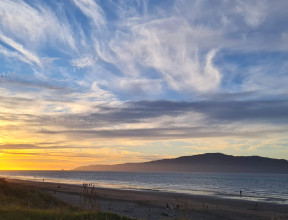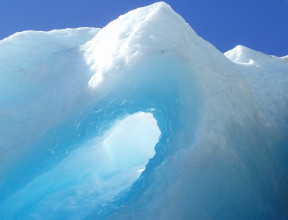
Gas hydrates

We study gas hydrates to understand the role they could play as an alternative energy resource.
Gas hydrates are a type of fossil fuel but with an advantage – they are cleaner-burning than coal and oil.
Gas hydrates are ice-like substances
Gas hydrates contain natural gas (usually methane) surrounded by water molecules. They occur where the temperature is relatively low and pressure is relatively high. In nature, this means they are common in marine sediments beneath the ocean at water depths over about 500 m as well as in permafrost in the Arctic.
Where do we find gas hydrates?
We know that there are vast areas of offshore New Zealand that contain gas hydrates. They play a role in seafloor stability, are important for marine biodiversity and may be linked with past and future climate change processes.
Since 2010, the New Zealand Government has funded research programmes to investigate our offshore potential gas hydrate energy resources. Countries like Japan, the US and India have government-funded programmes that are investigating the energy potential and issues that would be involved in using gas hydrates.

Our research
We are analysing new data to investigate the mechanism responsible for the formation of seafloor "pockmarks" that are often attributed to sudden release of fluids forming craters from gas hydrate activity. We are researching whether the timing of their formation correlates with past glacial-interglacial cycles. These data will also form the basis of an Integrated Ocean Drilling Program (IODP) proposal for further exploration in this region.


